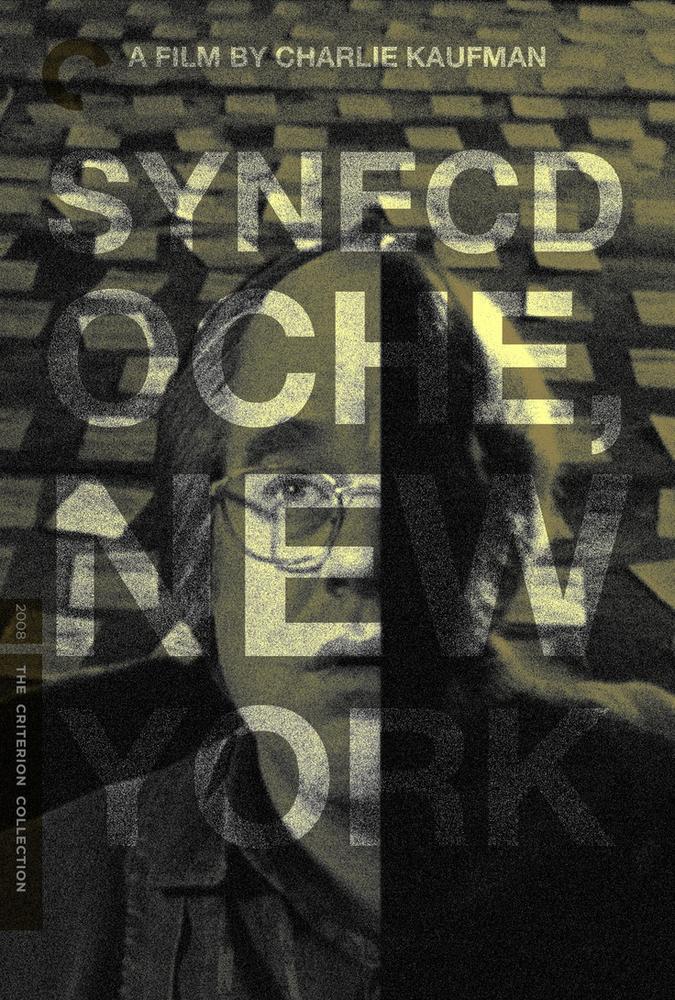So, I almost didn’t get a post in today because I was trying to hurry a treat for y’all. However, I decided to not rush
so much and to instead give you a review of one of the movies I watched while I was working on the treat: Synecdoche,
New York.

First off, the pronunciation of the city is kinda like a trick question: if you know, you know, else you’re gonna have
a bad time. Of course, a quick Google search will reveal that this is a part of the trick. See, you’re thinking of
Schenectady, (skeh-NECK-tuh-dee) New York, as I was. Synecdoche (seh-NECK-duh-kee) sounds very similar (which was
intentional, according to the wiki page, but it isn’t a city at all. Instead, it’s a figure of speech in
which a term for a part of something refers to the wohle of something, or vice versa. An example would be
“San Jose won the game”, wherein San Jose refers to the Sharks, not the entire city (though, with the way they’ve been
playing lately, it equally refers to a friggin’ miracle!).
So that was learning point number one for me with this movie. Another piece of learning was that an art film (because,
really, that’s how I classify this) can actually be pretty enjoyable. I know, that statement puts me in the camp with
all the other uncouth kids, but man, there are some weird art flicks out there. To clarify, I classify this as an art
film because it sure seemed like it was less about the plot and more about the parallels and metaphors contained within
the telling of the story. And boy, were there some metaphors! But before that, a brief synopsis of the plot. Philip
Seymour Hoffman’s character, a theater director named Caden Cotard, is basically living through his personal life falling apart
while achieving great success in his professional life. He ends up creating a new play of enormous scale, essentially
mimicking real life down to the minutest details, blurring the lines between what’s real and what isn’t for everyone
involved. To be honest, it’s kinda wacky and can be difficult to follow.
Back to metaphors. The first one which pops up is the main character’s constant physical ailments. The guy just has tons
of sicknesses from the beginning of the movie. I’m sure this is a metaphor for something; I’m not good at deciphering,
however. Another is his love interest Hazel’s house: it’s perpetually on fire. It was on fire when she bought the place. Every
time you see it, it’s on fire. People just chill in the house like it’s nothing, and they don’t seem to NOT be aware
of the flames; in fact, Hazel and the real estate agent directly address it when she’s buying it. Just kinda weird.
Another metaphor has got to be all the doppelgangers in the play Caden directs. I mean, there’s someone who Caden hires
to play himself, and then someone he hires to play THAT guy. Seeing the same scenes played out, first by Caden and
someone else, then by their actors in the play is a little jarring.
Any rate, there is a lot of weird stuff going on in the movie. I’m not sure that I really followed all of it because
there’s so much going on. However, it was pretty good and somewhat moving. Philip Seymour Hoffman is a great actor, and
he plays his kind of role very well in this film. But, if you’re gonna watch it, be sure you pay attention and bring your
thinking cap.